Seasonal Affective Disorder (SAD)
Seasonal Affective Disorder (SAD) is a type of depression that cycles in severity in line with the seasonal changes, linked to the lack of sunlight during the Autumn/Winter. Our sunlight from October to March is scarce and doesn’t contain enough UVB radiation for our skin to produce its vitamin D.
Symptoms of Seasonal Affective Disorder (SAD)
SAD is therefore usually prevalent during the late autumn and early winter and subsiding by spring/ early summer. In the UK, 20% experience winter blues and 2% experience true SAD.
Symptoms can vary, with everyone's experience of the disorder being unique. Distinguishable symptoms of SAD may include the following:
· Decreased energy levels and persistent low mood
· Lethargy/ sleeping disorders (e.g. finding it harder to wake up in the morning)
· Increase in appetite and carbohydrate cravings
· Less engagement and enjoyment of activities that normally feel rewarding
· Lack of motivation and low self-esteem
The good news is that there are ways to help alleviate some of these symptoms:
Light therapy - This involves increasing your exposure to light that can be achieved simply by brightening up your workspace at home or sitting next to a window when working from home for a positive impact on your mood. This can be difficult to achieve, especially on a dark winter’s day, or in a space with no windows, so indoor light using specialist SAD-light boxes is another way to bring in artificial light.
Relieving stress - Meditation, mindfulness, regular movement and social interaction can evoke more positive thoughts. Simple practices such as Taking 15 can prove to be a well-deserved stress buster.
Talking to someone - Engaging in a conversation with a friend/colleague, going for a short stroll or having a warm drink can also be enormously uplifting.
Staying active - By introducing regular physical activity to your daily routine can be a source of motivation & increase productivity such as a simple walk outside during lunchtime can do wonders. Yoga can be highly beneficial for reducing stress and maintaining mobility and strength in the months where it is often more tempting to spend the evening on the sofa.
Managing your nutrition - A well-balanced and varied diet is the best way to get the nourishment our body needs. When we’re feeling tired, it is easy to gravitate towards sugary snacks, but the energy boost you get will only be temporary. It’s much better to go for healthier choices for a longer- lasting energy boost (e.g. fruit, nuts & seeds, yoghurt, rice/oat cakes).
Sleep - A key symptom of SAD is poor sleep, therefore taking steps to improve sleep quality, quantity and sleep hygiene can help to keep both body and mind in a healthy routine. The amount of sleep we need is variable, so as a rule of thumb, aim for around 7-9 hours of quality sleep per night.
Reach out for help - If you’ve tried improving your lifestyle measures and SAD is still affecting your day-to-day life, getting professional help could be the next point of action as a qualified medical professional will be able to chat through the best treatment options for you.


